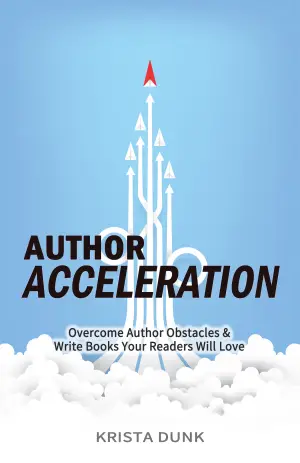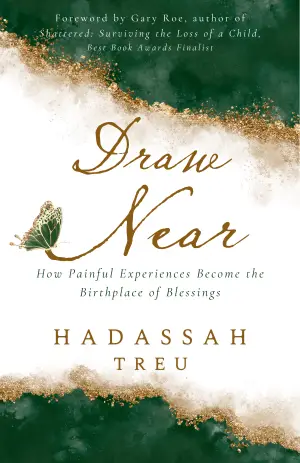Exploring "Theory for the World to Come: Speculative Fiction and Apocalyptic Anthropology"
I stumbled upon Theory for the World to Come by Matthew J. Wolf-Meyer while wandering through the shelves of my local bookstore. The vibrant intersection of speculative fiction and social theory instantly sparked my curiosity. In our current age, where uncertainty looms yet transformation beckons, the book promises a thought-provoking journey, and it certainly delivers.
Wolf-Meyer invites readers into a compelling dialogue that is equal parts social critique and imaginative exploration. He engages with heavyweight thinkers and writers like Kim Stanley Robinson and Octavia Butler, deftly weaving their narratives into a broader conversation about how speculative fiction can illuminate new possibilities for our future. It’s a fascinating premise—asking how our understanding of the looming dystopias and potential utopias can shape tangible pathways beyond the bleak nihilism often associated with the Anthropocene.
One of the key themes that resonated deeply with me was the book’s exploration of creative futurism. While many of us feel paralyzed by impending crises—climate change, economic instability, and social injustices—Wolf-Meyer stands firmly in the camp of hope. His utilization of Afrofuturism and indigenous speculative narratives serves as a vivid reminder that alternate futures are not only conceivable but necessary. Through his lens, stories become tools for agency and resilience. This perspective was refreshing and invigorating, shifting my own mindset from despair to innovative thinking.
The writing style in Theory for the World to Come caught me off guard in the best way. It’s dense but digestible, balancing academic rigor with an inviting tone. I often found myself highlighting passages not just for their intellectual depth but for their poetic beauty—like a lighthouse guiding us through fog. For instance, when Wolf-Meyer writes, “In the rubble of dystopia, we must cultivate the seeds of our tomorrows,” it not only sticks with you but urges you to ponder your role in shaping the future.
However, the book is not without its quirks. Although the combination of theory and fiction was generally well-executed, there were moments when the academic discourse felt a tad overwhelming, particularly for those not versed in social theory. Still, these instances did not detract significantly from the overall impact.
I would recommend Theory for the World to Come to a wide range of readers—whether you’re a lover of speculative fiction seeking deeper meaning or someone grappling with existential concerns about our planet’s trajectory. Wolf-Meyer’s book is a timely conversation starter, encouraging us to rethink the narratives we inhabit and the futures we can create.
In conclusion, reading this book was not just an intellectual engagement but also a personal reawakening. It stirred a sense of responsibility and creativity within me, reminding me that stories have the power to shape consciousness and inspire action. As we navigate these turbulent waters, perhaps it’s time to cultivate our own visions for the world to come, one speculative story at a time.






